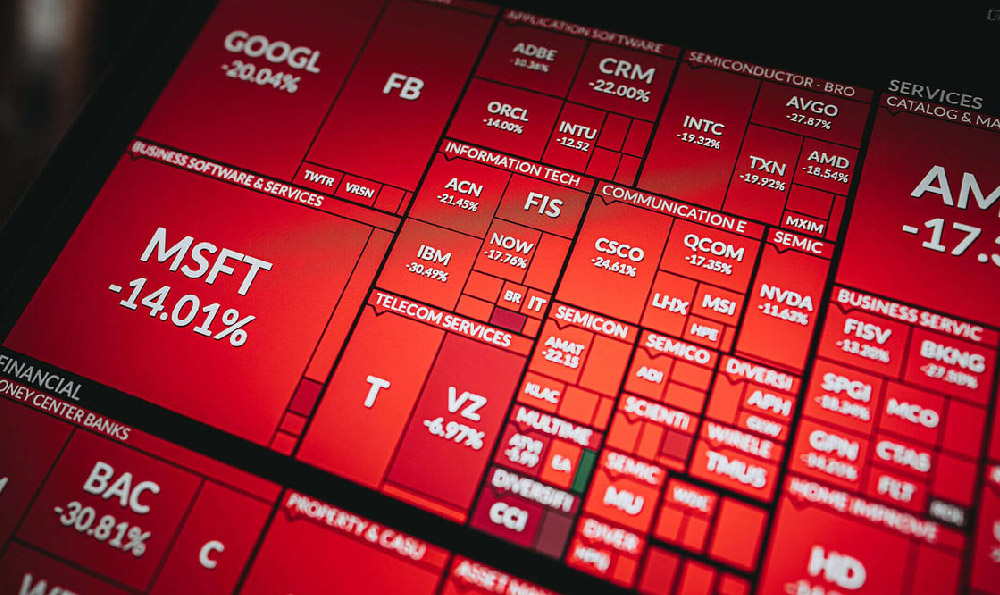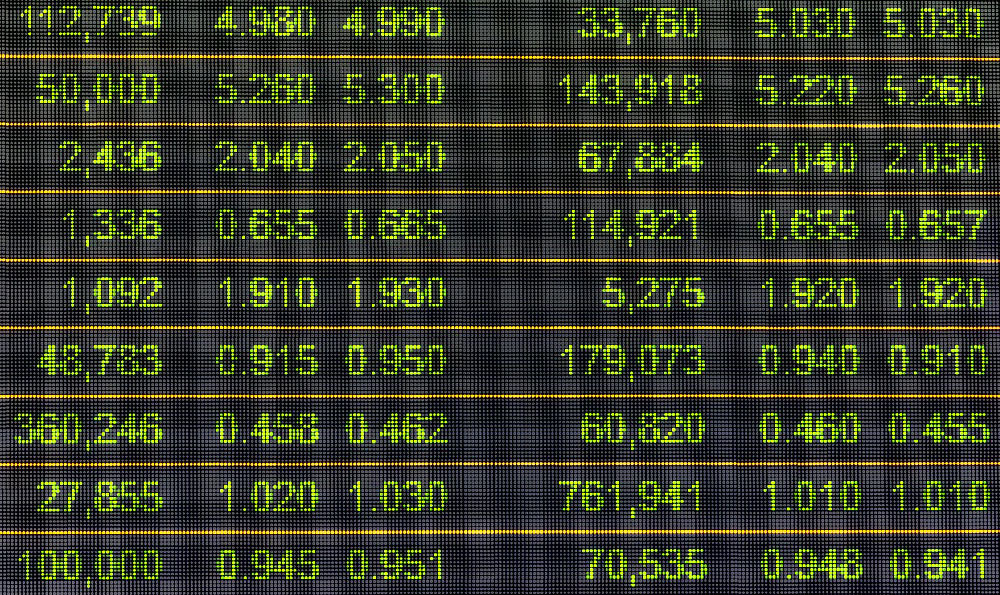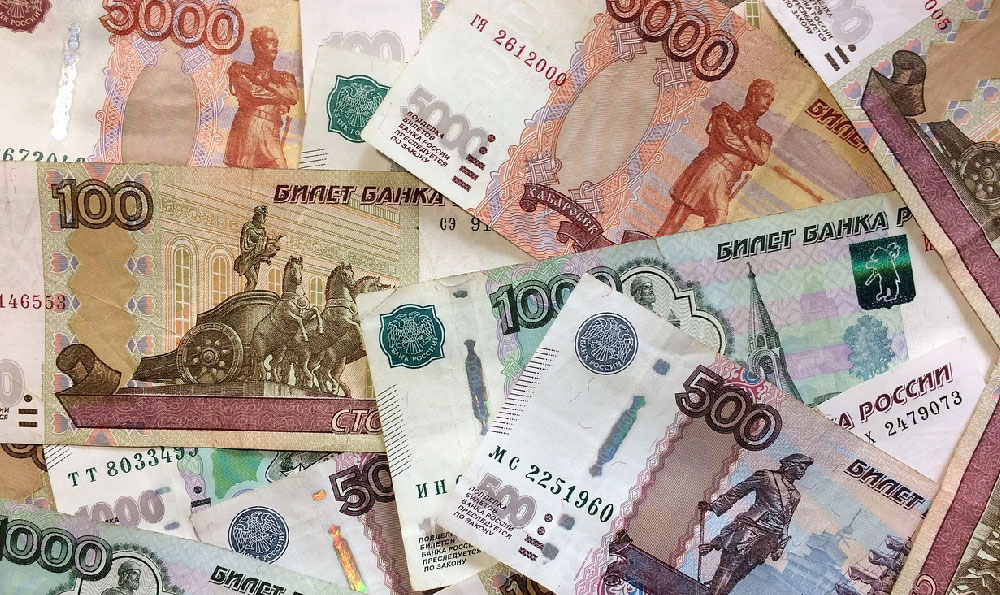The world of professional boxing is often painted with images of dazzling lights, roaring crowds, and hefty paychecks. While these images hold some truth, the reality of a boxer’s earnings is far more nuanced and often starkly different from the glamorous facade. Determining the “average” boxer salary is a complex undertaking, fraught with variables ranging from skill level and popularity to promotional contracts and television deals. A single, definitive figure is misleading, as the earnings landscape is highly stratified, with a select few superstars raking in millions while the vast majority struggle to make a living.
To truly understand how much boxers earn, it’s crucial to dissect the factors that influence their pay. At the very top of the pyramid reside the undisputed champions and global icons. These fighters, names like Canelo Alvarez, Tyson Fury, and Anthony Joshua, command multi-million dollar purses per fight. Their earning potential is amplified by lucrative pay-per-view deals, sponsorships, and endorsements. They have become brands in themselves, transcending the sport and attracting a wider audience. Their promoters negotiate on their behalf with television networks and streaming services, securing massive payouts based on projected viewership and revenue. The money generated from these fights trickles down, albeit unevenly, impacting the entire boxing ecosystem.
However, these elite fighters represent a tiny fraction of the professional boxing world. Beneath them lies a middle tier, consisting of established contenders, regional champions, and journeymen with a solid fan base. These boxers might earn anywhere from tens of thousands to hundreds of thousands of dollars per fight. Their earnings are still dependent on their win-loss record, their ability to draw crowds, and the negotiating power of their promoters. They may have regional television deals or fight on undercards of bigger events, providing valuable exposure and income. Reaching this level requires years of dedication, sacrifice, and consistent performance. The competition is fierce, and even a single loss can significantly impact their earning potential.

The vast majority of professional boxers occupy the lower rungs of the earning ladder. These are the aspiring fighters, the club-level boxers, and the journeymen who often struggle to make ends meet. They might earn a few hundred to a few thousand dollars per fight, barely enough to cover training expenses, travel costs, and living expenses. They often have to supplement their boxing income with other jobs, working as trainers, construction workers, or in other physically demanding roles. Their fights often take place in small venues, with limited television coverage. The reality for these fighters is a grind of constant training, searching for opportunities, and facing the harsh economic realities of a demanding and unforgiving sport.
Several factors contribute to the disparity in earnings. Experience and skill level are paramount. Boxers with a proven track record of wins against quality opponents are naturally more valuable. Their ability to generate excitement and attract viewers directly translates into higher purses. The boxer's promotional contract also plays a significant role. Some promoters are more adept at securing lucrative deals and maximizing their fighters' earning potential. The location and venue of the fight also influence earnings. Big fights in major cities like Las Vegas, New York, or London tend to generate more revenue and result in higher payouts. Television deals and streaming platforms are increasingly important revenue streams for boxers. Fighters who are featured on major networks like ESPN, Showtime, or DAZN can command significantly higher purses.
Furthermore, the structure of boxing economics inherently favors promoters and managers. They often take a significant percentage of a boxer's earnings, leaving the fighter with a smaller share of the pie. This imbalance of power can make it difficult for boxers, especially those early in their careers, to negotiate fair deals.
It's also important to consider the significant expenses that boxers incur. Training camps can cost thousands of dollars per week, requiring fighters to hire trainers, sparring partners, nutritionists, and other support staff. Medical expenses, including insurance and treatment for injuries, can also be substantial. Travel costs for fights, including flights, accommodation, and meals, can quickly add up. Furthermore, boxers often have to pay taxes on their earnings, further reducing their net income.
In conclusion, determining the “average” boxer salary is an oversimplification of a complex and highly varied economic landscape. While a select few superstars enjoy immense wealth, the vast majority of professional boxers struggle to make a decent living. Factors such as skill level, popularity, promotional contracts, television deals, and location all play a significant role in determining a boxer's earnings. Understanding these factors is crucial for anyone considering a career in professional boxing or for those interested in gaining a more realistic understanding of the sport's economic realities. Aspiring boxers should be prepared for a long and challenging journey, with no guarantee of financial success. It takes immense dedication, talent, and a bit of luck to reach the top of the boxing world and reap the financial rewards. And even for those who achieve success, the hard work and sacrifices never truly end.











